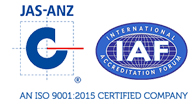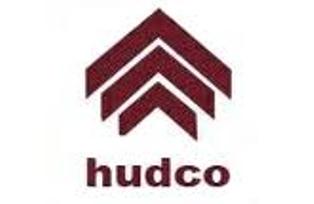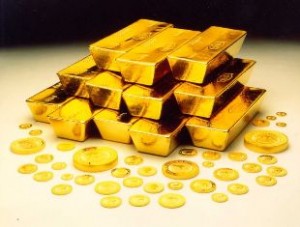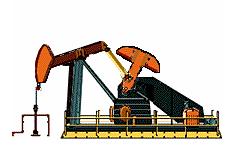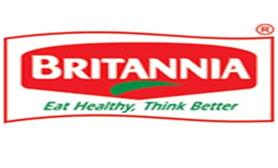Indian Railway Finance Corporation Limited (IRFCL), the dedicated financing arm of Indian Railways and wholly owned by Government of India, is entering the debt capital market on 6th January 2014, with an subject of Tax Free Bonds of features worth of Rs.1,000 each, in the nature of Secured exchangeable Non Convertible Debentures.
Issue Details
Closing on 20th January 2014, issue has a amount of Rs.1,500 crore, with an option in company’s hand to retain an over-subscription upto ledge limit of Rs.7,163 crore, taking total fund-raise to Rs. 8,663 crore. Smallest application quantity is Rs. 5,000, and in multiples of Rs, 1,000 subsequently. Allotment will be on primary come first serve basis.
Rating
AAA by CRISIL, CARE and ICRA, representing utmost degree of protection regarding timely servicing of financial obligations
Listing
National Stock Exchange and Bombay Stock Exchange, Bonds are to be issued both in substantial and dematerialized form, hence a demat bank account is not essential to purchase these bonds. Trading in the bonds will essentially be in the demat form.
Variation Offers
The Current Indian Railway Finance Corporation Limited bonds are being offered in 2 series with given below features
| Particulars | Series I | Series II |
| Tenor | 10Years | 15 Years |
| Frequency of Interest Payment | Annual | Annual |
| Coupon Rate (%) Per Annual | ||
| For Retail Investors | 8.48% P.A | 8.65% P.A |
| Other Tan Retail Investors * | 8.23% P.A | 8.40% P.A |
| Put/Call Option | None | None |
*Retail Investors defined as resident individual, HUF and NRIs upto limit of Rs. 10 lakh
Allocation ratio: 40% for retail investors, 20% HNIs, 30% for Corporate, 10% for QIB
Rate of Return
Indian Railway Finance Corporation Limited L’s Fifteen year (Series 2) bonds carrying 8.65 percent per annual coupon for retail investors are comparable to 12.52 percent pre-tax return earned on other permanent income instrument, assuming the peak tax bracket of 30.9 percent for retail individuals. While these rates are higher than company’s previous issues of January and February 2013, they are minimum than token rates for fifteen years tenor of other tax free bonds currently open. HUDCO is offering 8.83 percent pa while IIFCL 8.73percent pa. However, no point applying in these issues, as they have previously been over-subscribed by over 4 and 2 times, correspondingly, implying a near-zero possibility of allotment.
National Housing Bank’s (NHB) tax free bond issue has been subscribed by over 4 times in two days itself (subscribed two-times-plus on Opening Day of 30th December 2013), forcing company to pre-pone concluding date to 1st January from 31st January 2014 earlier. NHB was the ‘perfect’ tax free bond – carrying highest AAA credit ranking, 20 year possession and striking token rate of 9.01% p.a. However, IRFCL is not offering a 20 year tenor bond.
Since tax free bonds keep a tally over company NCDs due to longer duration and higher tax-efficient returns, no point comparing this issue with NCDs of Manappuram, Muthoot and SREI Infra.
Recommendation
IRFCL bond issue is not the most striking, due to moderately minor tenure of 15 years. Also, voucher rates not the most excellent Advise to wait for other tax free bond issues, which are likely to release for subscription over the next couple of months.
For More Tax Free Bonds and Stock Market Investment log on to our website
